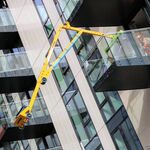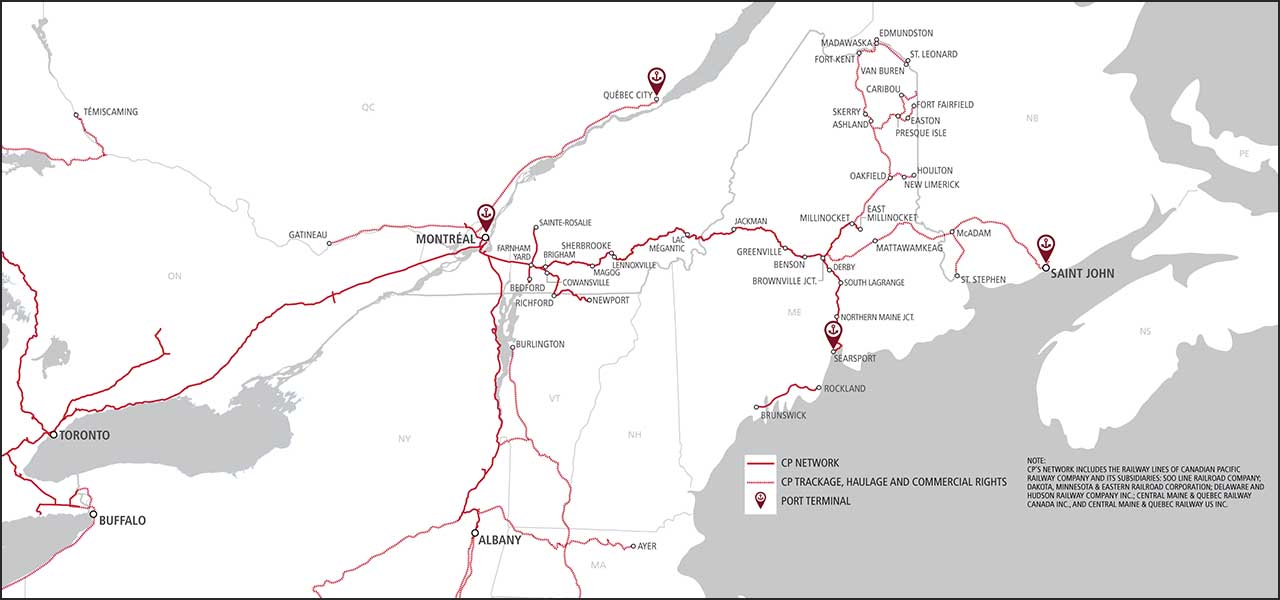lenaitch
Senior Member
Sorry if I am mistaken, but your response makes me think you aren't aware of what CP's former Expressway service was. I had link with a great description of it in my original post, but basically is a variation on traditional piggyback service that doesn't require special, reinforced trailers, since they drive the trailers on and off the train instead of using a gantry. They had a contract with both HBC and Canadian Tire to transport trailers between their Milton and Cote St. Luc yards (they had service to a third yard near downtown Detroit). As a result, I fail to see how putting truck trailers on a train rather than driving them on a highway would cause any warehousing issues.
Does the USA have a problem with us subsidizing our highways? I don't see how subsidizing the domestic transport of goods (most of which is going to retailers) would cause a trade issue (unless you think that the lower retail prices in Canadian stores would reduce cross boarder shopping).
Perhaps the key point is "former". I don't know the reasons the service was discontinued. The issue with warehousing is that the business model used by many large shippers now has input parts used within a very short period of time after delivery, requiring very little on-site storage space before they are turned into something and shipped out the door. The storage system is the trucks on the highway.
We don't subsidize our highways; they are public assets, as they are in the US and probably everywhere else. They are funded by licence and registration fees along with general revenues. The way I understood your "backed by the government" statement was that the government would financially support shippers and carriers to use a particular mode of transport. Perhaps I misunderstood. Advantaging one or a group of private companies over others might draw attention. Dunno; I'm not a trade expert, but the ongoing softwood lumber dispute, where the US timber industry claims that lower Crown land stumpage fees (as opposed to market driven private land fees) is a perennial toothache.













